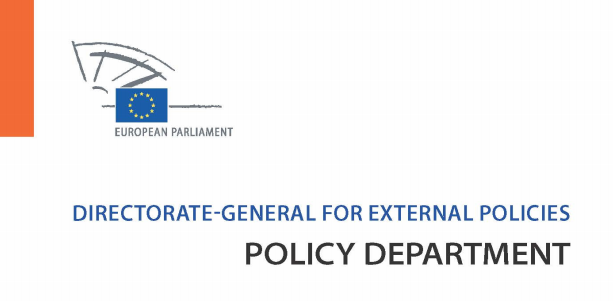EC-Study-Impact-of-the-ISAF-Withdrawal-on-Central-Asia 
Directorate General for External Policies of the Union – Policy Department
Source: European Parliament
For complete Report, Click HERE.
Abstract
As the 2014 NATO drawdown from Afghanistan approaches, the international community increasingly looks towards the impact that a stable or unstable Afghanistan might have on the broader region, including Central Asia. Emphasis is often placed on the threat of radical Islamism and Afghan extremists that could destabilise Central Asia. More realistically though, the risk of spillover stems from a potential collapse of the Afghan security forces, refugee flows or instability in Tajikistan. However, the principal security threats to the Central Asian region stand largely separate from Afghanistan’s future. The main security challenges for the region lie in authoritarian governance, deeply-embedded state corruption, often connected to drug trade, and tensions over water and energy resources. This poses challenges to the European Union’s (EU) policies towards Central Asia. Increased attention and possibly a revision of EU policy to Central Asia are needed, in particular in the fields of the broader security dialogue; practical Security Sector Reform (SSR), including border control programmes; increased national-oriented attention to water-energy-related matters; support for democracy and human rights; and EU development aid.
For complete Report, Click HERE.
TABLE OF CONTENTS
EXECUTIVE SUMMARY 5
1. PURPOSE AND SCOPE OF THE STUDY 7
2. ASSESSING SECURITY AND STABILITY IN CENTRAL ASIA 8
2.1 CATEGORIES OF INSTABILITY 8
2.1.1 Drug-trafficking 8
2.1.2 Inefficient security services 9
2.1.3 The nature of the political regimes 10
2.1.4 Islamist insurgencies 12
2.2 NATIONAL SITUATIONS AND CHALLENGES 12
2.2.1 Tajikistan 12
2.2.2 Kyrgyzstan 14
2.2.3 Uzbekistan 14
2.2.4 Kazakhstan 15
2.2.5 Turkmenistan 16
3. CENTRAL ASIA AND AFGHANISTAN 17
3.1 ASSESSING THE RISK OF SPILLOVER FROM AFGHANISTAN 17
3.1.1 Spillover 1: Collapse of the ANSF 18
3.1.2 Spillover 2: New waves of refugees 18
3.1.3 Spillover 3: Intra-Tajik interactions on both sides of the border 19
3.2 THE FIGHT AGAINST CROSS-BORDER CRIME 20
3.2.1 Linking EU assistance to Central Asia to that to Afghanistan 20
3.2.2 The border security illusion 21
3.2.3 From supply to demand 22
3.3 POST-2014 CROSS-BORDER OPPORTUNITIES 23
3.3.1 Uzbekistan 23
3.3.2 Tajikistan 24
3.3.3 Turkmenistan 25
3.3.4 Central Asia’s dependency on Afghanistan’s recovery 26
4. THE BROADER REGIONAL ENVIRONMENT 27
4.1 THE WATER-ENERGY-SECURITY-DEVELOPMENT NEXUS 27
4.1.1 Integrating Afghanistan into an already tense water situation 27
4.1.2 The Rogun issue 28
4.1.3 Beyond Rogun 29
4.2 THE ROLES OF PAKISTAN, IRAN, RUSSIA AND CHINA 31
4.2.1 Pakistan 31
4.2.2 Iran 32
4.2.3 Russia 33
4.2.4 China 34
5. RECOMMENDATIONS TO THE EU 35
6. CONCLUSION 3

